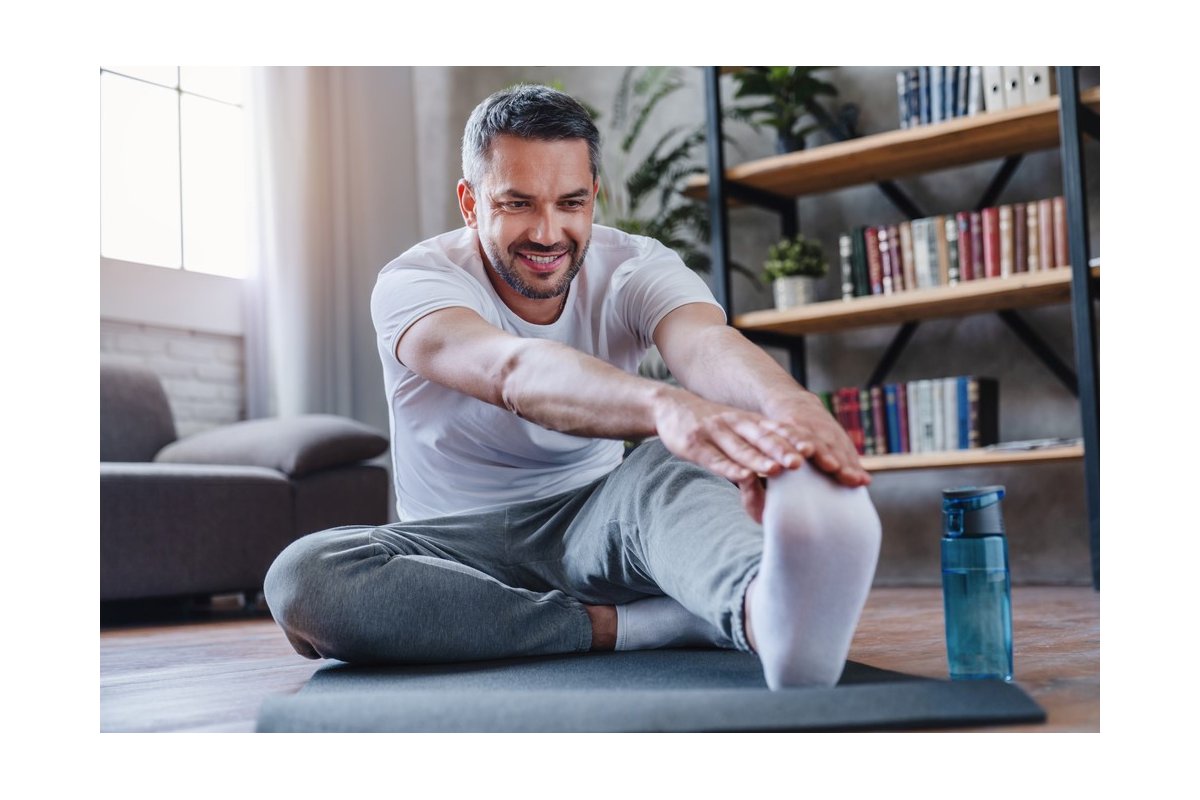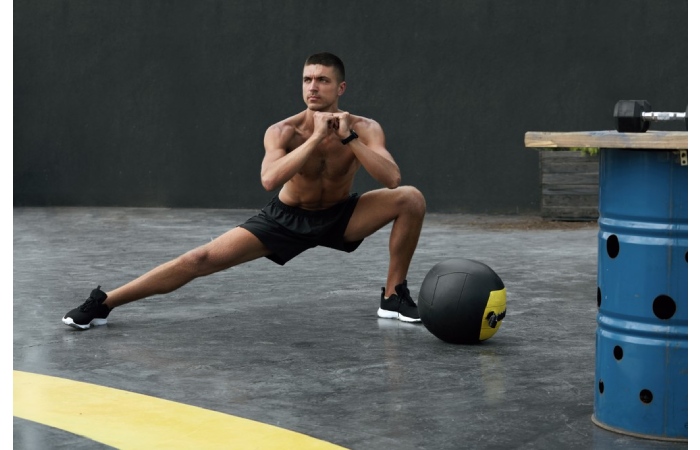
Preventative Exercises for Contact Sports
Looking to avoid injury while improving athletic performance in contact sports? Preventative exercises are an excellent way to accomplish both of these goals. In this guide, we’ll walk you through seven exercises that any athlete can benefit from. Then we’ll offer some more preventative tips that can help keep you safe, from wearing a sports mouthguard to cross training during the off season.
Table of Contents
Preventative Exercises for Contact Sports
Whether you play football or are an MMA fighter, contact sports are inherently risky for your body. If you’re looking to prevent injury during contact sports, here are seven exercises and stretches that every training program should incorporate:
-
Forward lunge:
A forward lunge will help train you for the many similar movements in contact sports. To do a forward lunge, start by standing with your legs together. Take a big step forward and firmly anchor your feet on the ground. Bend both of your knees to lower yourself to the ground, then straighten your legs to raise yourself up. Return to the starting position and repeat on the other side.
-
Side lunge:
Lateral movements are also common in contact sports, which is why it’s so important to train for them. To do a side lunge, start by standing with your legs together. With one leg, take a wide step to the side, and then bend your knee at a ninety degree angle. (Make sure to keep your knee right above your ankle; don’t let it push forward). Straighten the leg and return to the starting position, then repeat on the other side.
-
Squats:
Squats are a compound exercise that work many muscle groups at the same time. Squats also mimic many of the movements common in contact sports, such as crouching and vertical jumping. To do a squat, stand with your feet firmly planted on the ground at hip distance apart. Bend your knees at a right angle and drop your bottom until your thighs are parallel to the floor. Return to the starting position and repeat. If you opt to workout from your home, we recommend comparing the best squat racks and other necessary equipment to find what works for your budget as well as the space you have available.
-
Sitting hamstring stretch:
Hamstrings do a lot of the work in contact sports, and many athletes find that the backs of their legs are constantly tight as a result. To stretch them, sit on the ground and extend your legs straight out in front of you. Reach as far toward your toes as you can; if you need to stop at your knees or calves, that’s totally fine. Each time, work on reaching just a little farther until you can touch your toes.
-
Standing quadriceps stretch:
If you’re stretching the backs of your legs (the hamstrings) then you also need to stretch the front of your legs (the quadriceps). To do this stretch, stand near a wall, sturdy chair or something else that you can use to brace yourself with one hand. Pick up the leg on the opposite side and bend your knee until your foot touches your bottom. Use your free hand to gently grasp your foot and pull on it to deepen the stretch.
-
Planks:
Planks work basically your entire body, most especially your core. They build both strength and stamina at the same time for an exercise that truly multitasks. To do a plank, start in downward dog position and then walk your feet back until your back is completely level. You can also go down to your elbows if your arms tend to bend too much while they are straight.
-
Knees to chest:
Stretch your hips and low back with this relaxing exercise. To start, lie on the floor and bring your knees to your chest. Gently wrap your arms around your calves and pull your legs into your chest to deepen the stretch. You can also do a variation on this exercise by pulling only one knee into your chest at a time, leaving the other leg extended straight out in front of you on the floor.

Other Tips for Preventing Injury
Preventative exercises aren’t the only way that you can decrease your risk of injury. Here are some additional tips for ways that you can prevent injuries while training:
- Warm up and cool down properly before each exercise. Cold muscles are more prone to strains and sprains and can negatively impact athletic performance.
- Don’t bounce or move around while stretching. Instead, focus on holding the stretches for at least 20 seconds before changing position.
- Train year-round, even in the off season, to stop your fitness level from regressing. This will also make it easier to get back in shape before the next season starts.
- Cross train in other disciplines to give your body a break while still building strength and stamina. Cross training is an especially great option for the off season if you participate in an outside sport, such as surfing or skiing, that simply cannot be done year-round.
- Always wear proper protective equipment for your sport, such as pro mouthguards, helmets, shin guards and cleats. Inspect equipment regularly for damage and repair or replace it when needed.
- Listen to your body and pay attention to signs of pain or injury. Always stop if you feel hurt instead of trying to push through.
- Give your body time to rest between workouts. You should also take at least one day off a week so you can recover, and take a few weeks off throughout the year to give your body a longer break.

Doing preventative exercises such as the ones outlined above can help you strengthen your body and reduce your chances of having an injury. However, exercises aren’t enough by themselves to protect from injury: You also need to take other steps like the ones outlined in the second section, such as wearing a custom mouthguard and taking rest days. With this multi-pronged approach, you will vastly decrease your chances of getting an injury and make yourself a better athlete.



